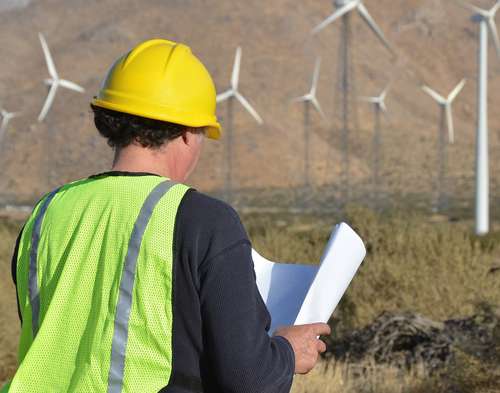 |
As of March 31, 2014, the United States has 574, 841 regulated and active USTs at approximately 212,000 sites that are inspected by the state or EPA region with jurisdiction. Since the program began 30 years ago, 517,317 releases were reported, 441,648 have been cleaned up, and 1,806,080 USTs have been closed.
Keeping track of every regulated UST is the job of both state and federal regulators, and each fiscal year (FY) EPA’s UST program sets goals for determining confirmed UST releases, cleanups, and achievement of significant operational compliance (SOC) rates. For the period of October 1, 2013– March 31, 2014, the program conducted 41,461 on-site inspections with the majority, 41,321, conducted by states, territories, and third-party inspectors and 140 conducted by the EPA and credentialed tribal inspectors in Indian country. Based on those inspections, the program achieved the following national goals:
- Confirmed releases—3,007 confirmed of a 2014 goal of fewer than 7,330
- Cleanups—5,084 completed of a total 2014 goal of 9,000
- SOC rate—72.1 percent with a 2014 goal of 70 percent
Compared with the same period in 2013, current numbers show confirmed releases up from 2,974, completed cleanups a little below last year’s mid-FY total of 5,331, and the SOC rate slightly up from 71.8 percent.
Join us on July 24 when you will learn why seeing is believing about the damage that hazardous events may cause to the environment and AST structure—including photos of disastrous events and much more. Register Now.
Another important facet of the UST program is the goal of reducing the backlog of sites with releases that have yet to be remediated. Overall, the national backlog has been in decline for the past decade while the rate of confirmed UST releases has remained steady since 2010 at approximately 6,000 releases reported annually. However, the report shows that the number of confirmed releases still awaiting cleanup has dropped from 20.5 percent in 2009 to 14.6 percent in mid-FY 2014, a considerable achievement based on the 2004 cleanup rate of 29 percent.
Regarding the SOC, which is how the EPA and states assess compliance with release prevention and detection regulations, the report breaks it down into three categories:
1. Percent in Significant Operational Compliance with Release Prevention Regulations (national total 84.9 percent)
2. Percent in Significant Operational Compliance with Release Detection Regulations (national total 79.3 percent)
3. Percent in Significant Operational Compliance with Release Prevention and Detection Regulations (national total 72.1 percent)
Rankings in Category 3 by EPA regions and Indian country show Region 1 with the worst compliance rate of 49 percent and Region 8 with the best compliance rate of 81 percent, with all others ranking between 68 percent and 80 percent compliance.
Join us on July 24 when our presenter will provide important information about hazards management for field-erected and shop-fabricated aboveground storage tank systems, including fires, explosions, hurricanes, lightning, seismic events, floods, and human errors that lead to releases of stored products to the environment. Register Today.
Other notable regional data released in the report include:
| Category | Region | Number |
| Most on-site inspections conducted | Region 4 | 11,511 |
| Fewest on-site inspections conducted | Region 10 | 1,172 |
| Most delivery prohibition actions | Region 6 | 5,309 |
| Fewest delivery prohibition actions | Region 1 | 17 |
| Most active tanks | Region 4 | 143,602 |
| Fewest active tanks | Region 10 | 20,365 |
| Most confirmed releases this year | Region 5 | 700 |
| Fewest confirmed releases this year | Region 1 | 88 |
| Most cumulative confirmed releases | Region 4 | 125,875 |
| Fewest cumulative confirmed releases | Region 10 | 17,376 |
| Most closed tanks | Region 4 | 396,062 |
| Fewest closed tanks | Region 8 | 70,575 |
| Most cleanups initiated | Region 5 | 116,174 |
| Fewest cleanups initiated | Region 10 | 17,376 |
| Most cleanups completed this year | Region 5 | 1,209 |
| Fewest cleanups completed this year | Region 10 | 118 |
| Most cumulative cleanups completed | Region 4 | 102,635 |
| Fewest cumulative cleanups completed | Region 10 | 14,573 |
| Most cleanups remaining | Region 4 | 23,240 |
| Fewest cleanups remaining | Region 1 | 2,650 |
For more information, including state-specific data, the entire report is available at http://www.epa.gov/oust/cat/camarchv.htm.
